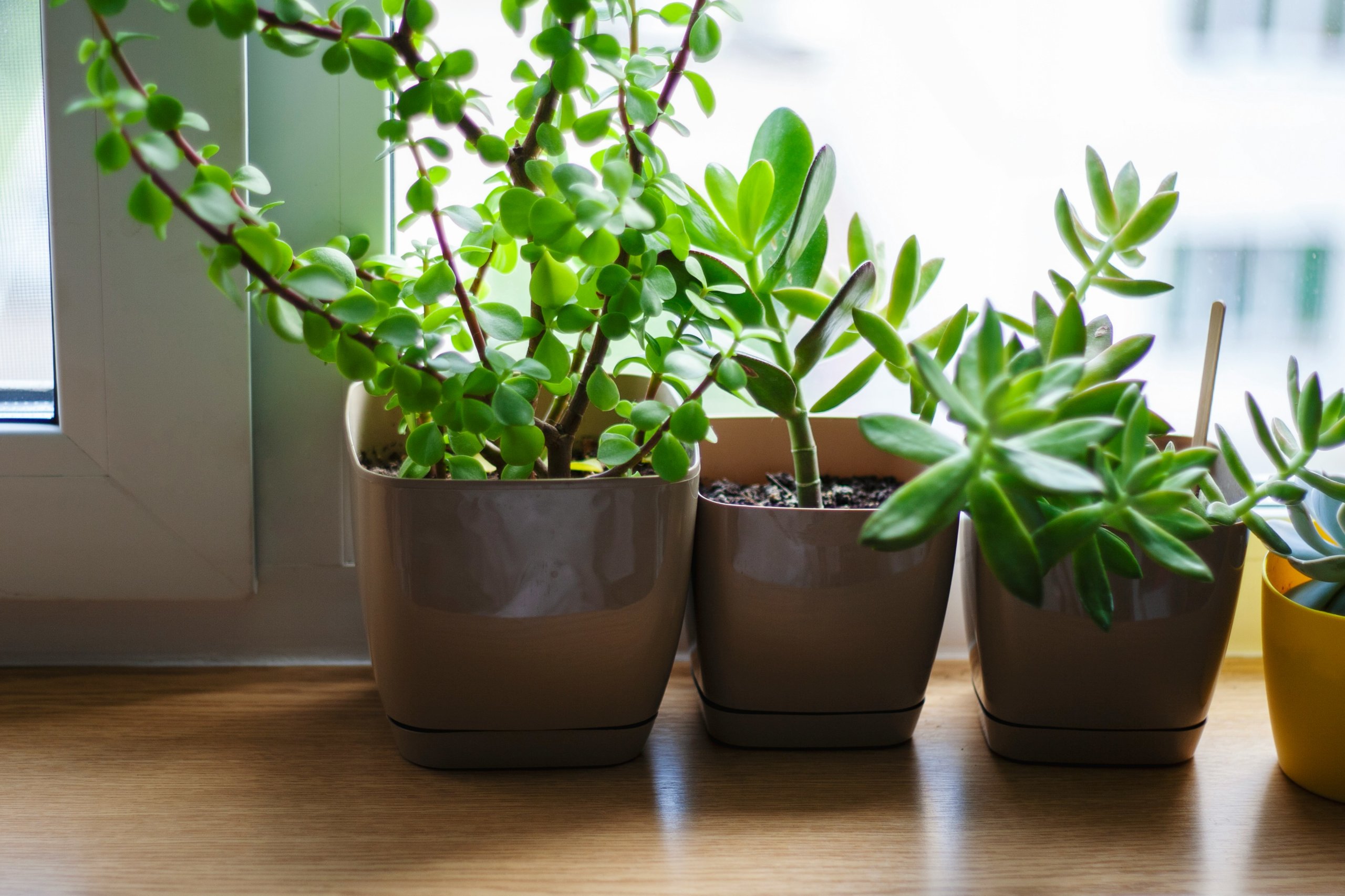Succulents for Windowsills
If you want greenery that fits small spaces and thrives with little effort, succulents make an easy choice for your windowsill. Their compact size, slow growth, and tolerance for bright light allow them to stay healthy where many other plants struggle. The best succulents for windowsills are hardy varieties like echeveria, haworthia, jade plant, and small cacti that handle direct sun and limited soil space.
You can create a simple row of individual pots or group different types together for more variety. With the right placement, these plants not only stay healthy but also add texture and color to your window. Their low water needs and resilience mean you won’t have to fuss over them every day.
As you choose the right succulents, set up the best growing conditions, and learn simple care routines, you’ll see how easy it is to keep them thriving indoors. You can also explore creative ways to style your windowsill garden and even mix in companion plants for more interest.
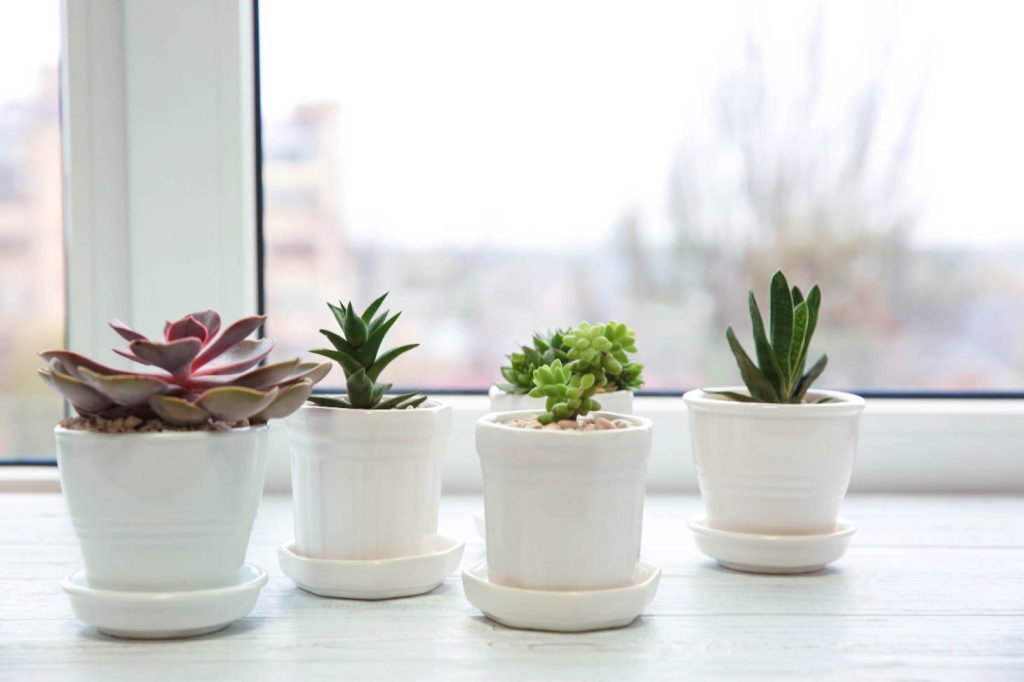
Choosing the Best Succulents for Windowsills
The best succulents for windowsills are those that stay compact, handle direct or filtered sunlight, and require little care. Some offer striking foliage, while others trail or bloom, giving you both variety and practicality.
Top Succulent Varieties for Window Sills
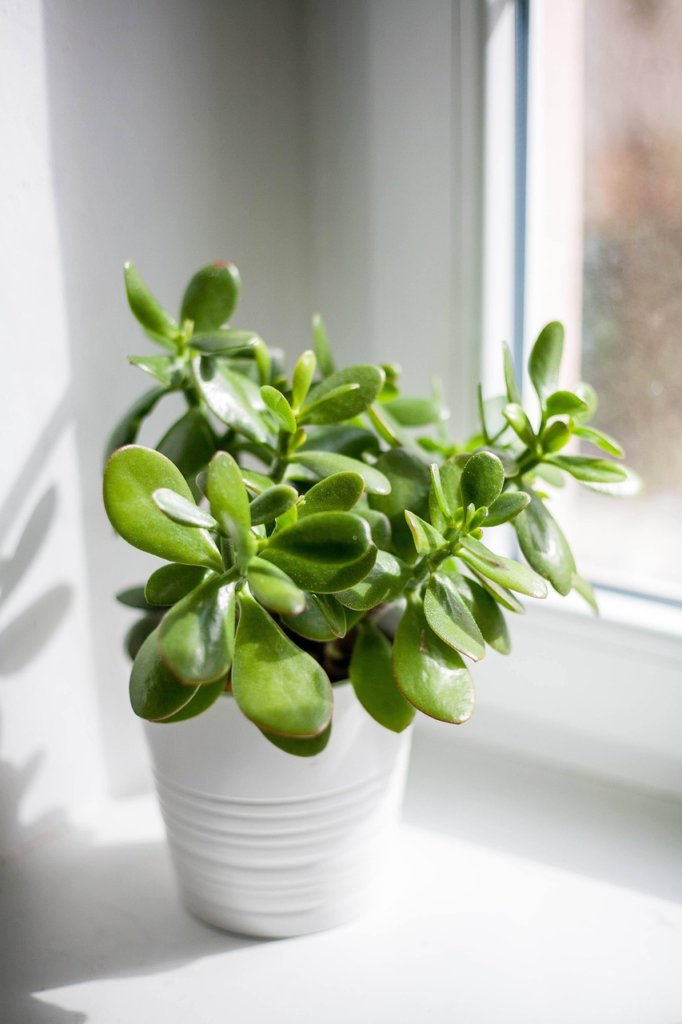
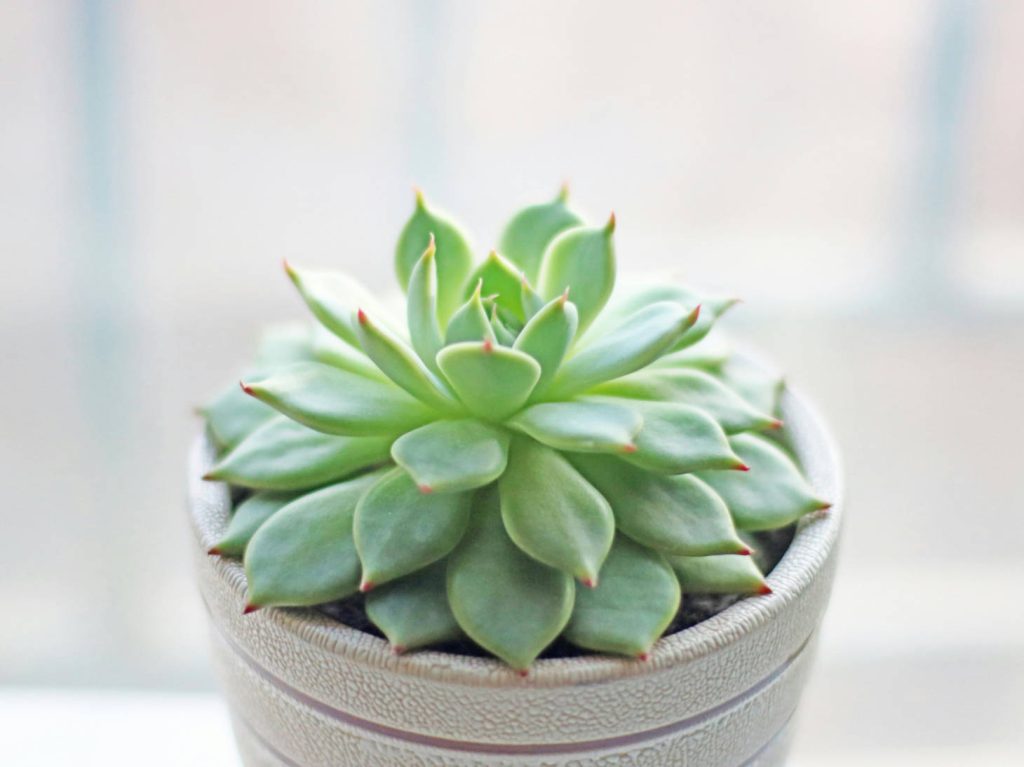
Several succulents adapt well to the narrow space and bright light of a window sill. Jade plants are a classic choice, with thick leaves that store water and tolerate occasional neglect. Echeveria forms neat rosettes that stay low and compact, making them easy to fit along a ledge.
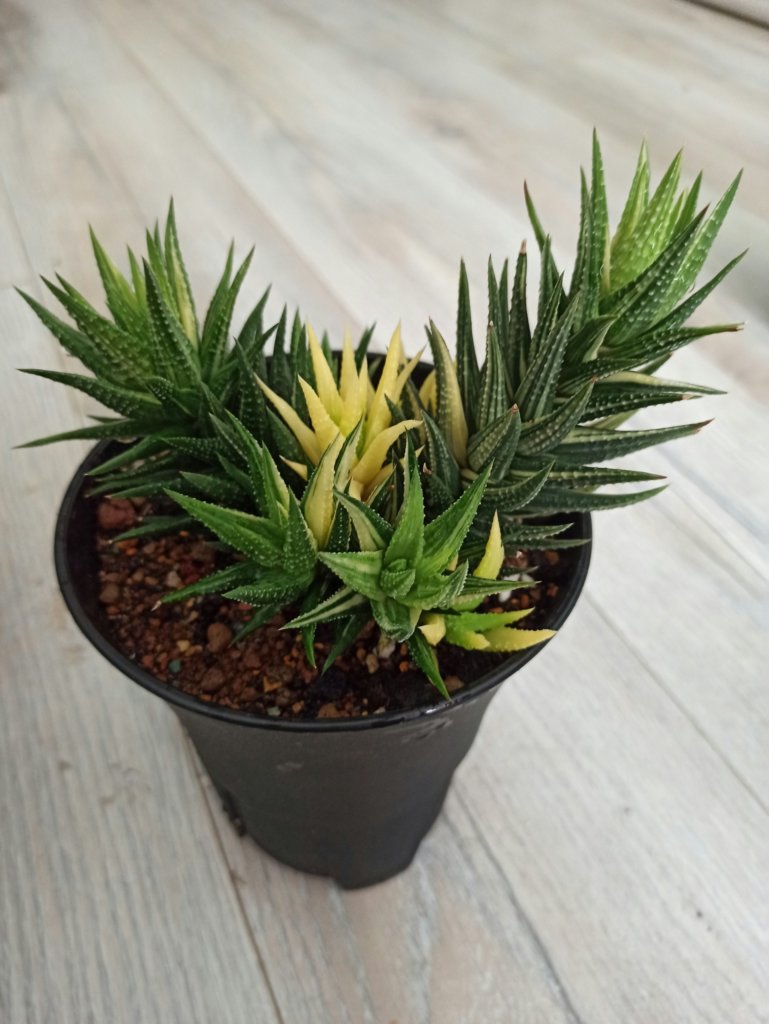
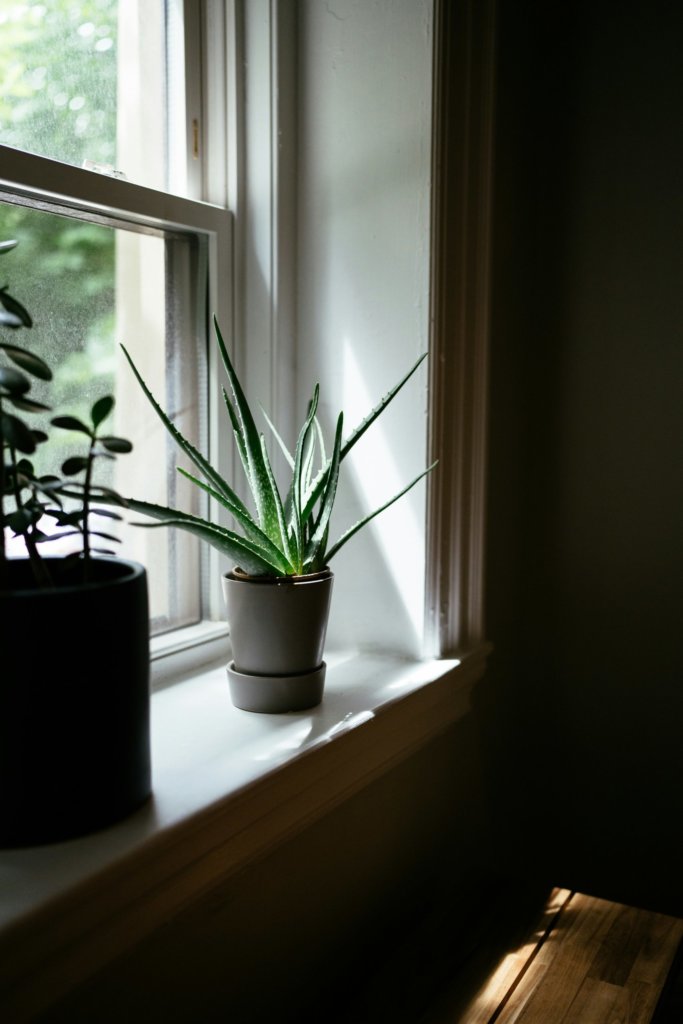
Haworthia is another good pick. Its small size and tolerance for lower light make it suitable for east- or north-facing windows. Aloe vera also works well, especially if you want a plant with both ornamental and practical use, since its gel can soothe minor burns.
Compact and Trailing Succulents for Limited Space
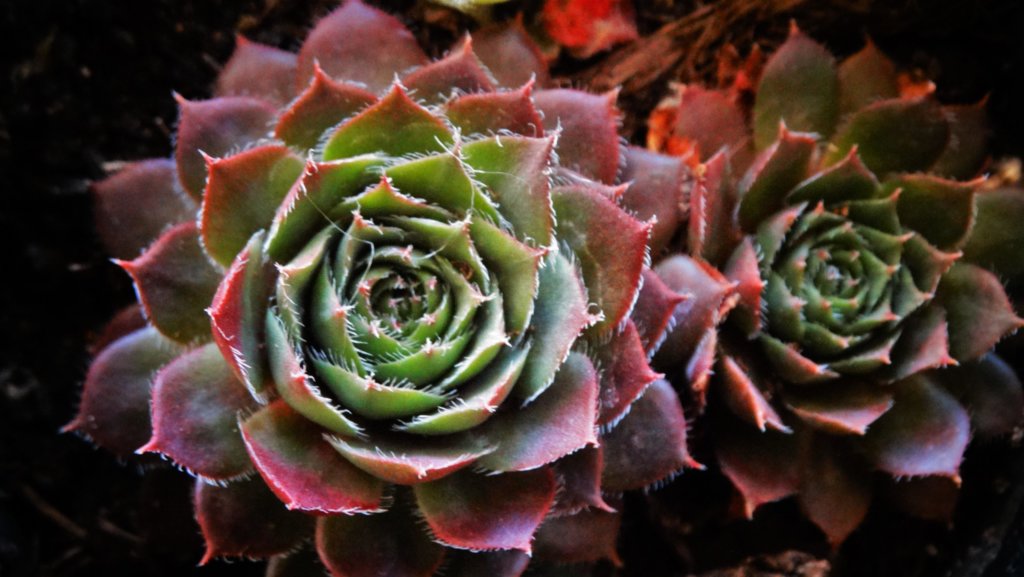
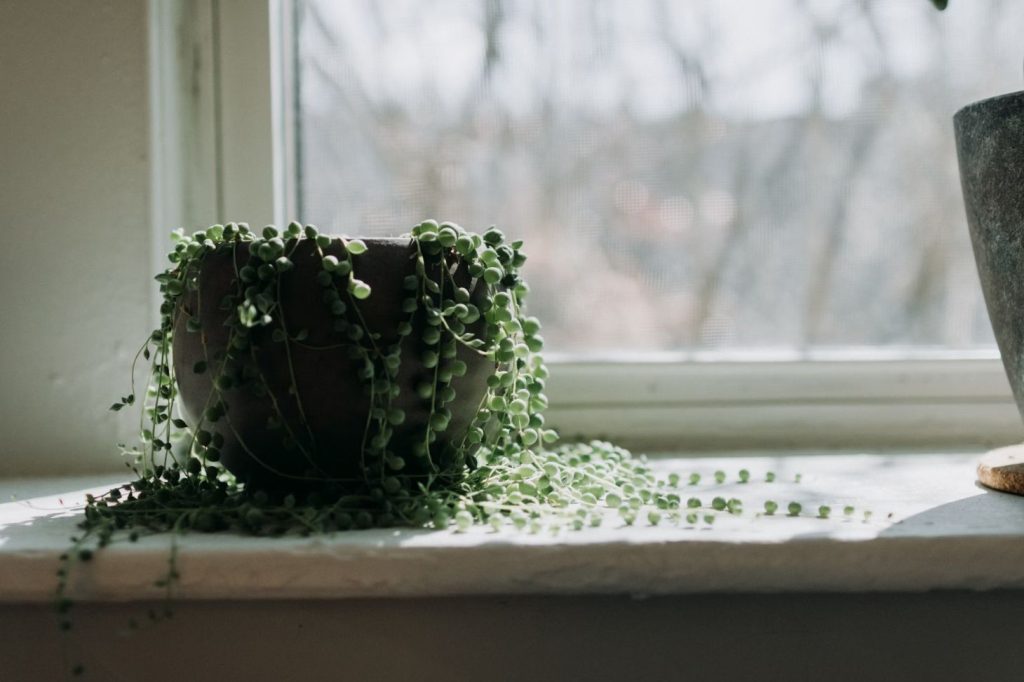
Small windowsills benefit from plants that stay contained or trail gracefully without overwhelming the space. Haworthia and sempervivum are excellent compact options, as they rarely outgrow their pots and need little trimming.
For a trailing effect, you can use string of pearls or string of bananas. These plants spill over the edge of containers, adding texture without taking up much horizontal space. They require bright, indirect light and infrequent watering, since their bead-like leaves store moisture.
If you want a mix of structure and draping growth, pair a small rosette-forming succulent like echeveria with a trailing type. This creates contrast while keeping the arrangement balanced. Choose shallow containers to avoid bulky pots that crowd the sill.
Flowering Succulents for Added Color
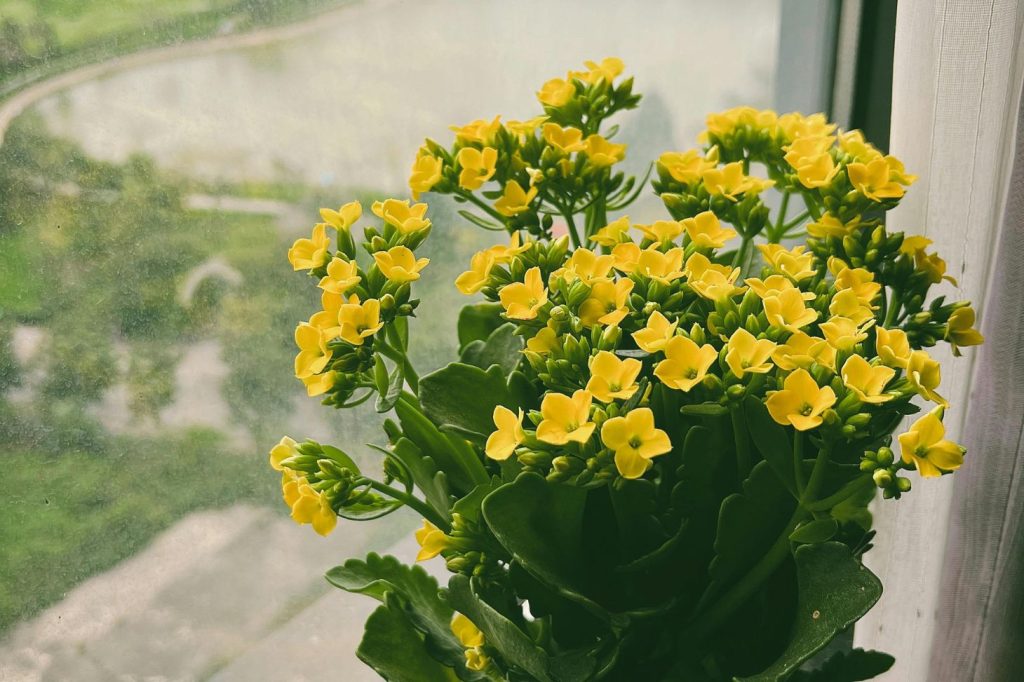
Some succulents not only provide unique foliage but also seasonal blooms. Kalanchoes are among the most reliable flowering succulents for windowsills. They produce clusters of small, colorful flowers in shades of red, pink, yellow, or orange.
Echeveria can also send up tall flower stalks, often with pink or orange blooms. These appear in spring or summer when the plant gets enough sun.
Optimal Conditions for Thriving Windowsill Succulents
Succulents stay healthy when they receive the right balance of sunlight, well-draining soil, and a stable indoor environment. Your windowsill garden can thrive if you match plant needs with proper light, container choice, and temperature control.
Understanding Light Requirements

Most succulents need at least 4–6 hours of bright, indirect sunlight each day. A south-facing window often provides the most intense light, while an east or west-facing window is suitable for lower-light plants. North-facing windows often do not provide enough light.
If you notice stretching or pale leaves, your plant may not be getting enough sun. This is called etiolation, and it signals the need for brighter placement or supplemental grow lights.
Keep your indoor garden simple by rotating pots every week or two. This helps each side of the plant receive equal light and prevents leaning toward the window.
For workspaces or dim rooms, a small LED grow light can provide the extra brightness needed. Position it 6–12 inches above the plant for best results.
Ideal Soil and Containers

Succulents need soil that drains quickly to protect roots from rot. A gritty mix with sand, perlite, or pumice works better than regular potting soil. You can buy well-draining pre-mixed succulent soil or make your own by blending 3 parts potting soil, 2 parts coarse sand, and 1 part perlite or pumice.
Use containers with drainage holes. Without them, water collects at the bottom and causes root damage. If your favorite decorative pot lacks a hole, place the succulent in a plastic grow pot first, then set it inside the container.
Shallow, wide pots often suit window sill plants because they fit neatly on ledges and provide enough room for roots without holding excess water. Terracotta pots are especially helpful since they absorb moisture and keep soil drier.
Temperature and Humidity Considerations

Succulents grown indoors prefer temperatures between 60–80°F (15–27°C). They tolerate cooler nights but should be moved away from drafty windows when winter temperatures drop below 50°F (10°C).
Keep your windowsill garden away from heaters, radiators, or air conditioning vents. Sudden temperature swings can stress plants and slow growth.
Humidity should stay low to moderate. These house plants evolved in dry regions, so high humidity can encourage rot. If your indoor space feels damp, increase airflow by opening a window slightly or using a small fan.
By keeping temperature steady and humidity controlled, your window sill plants remain healthy and adapt well to indoor living.
Care and Maintenance of Windowsill Succulents
Keeping succulents healthy on a windowsill depends on balanced watering, proper feeding during the right times of year, and monitoring for common pests that target house plants. Paying attention to these details helps your window sill garden stay strong and attractive.
Watering Techniques and Schedules
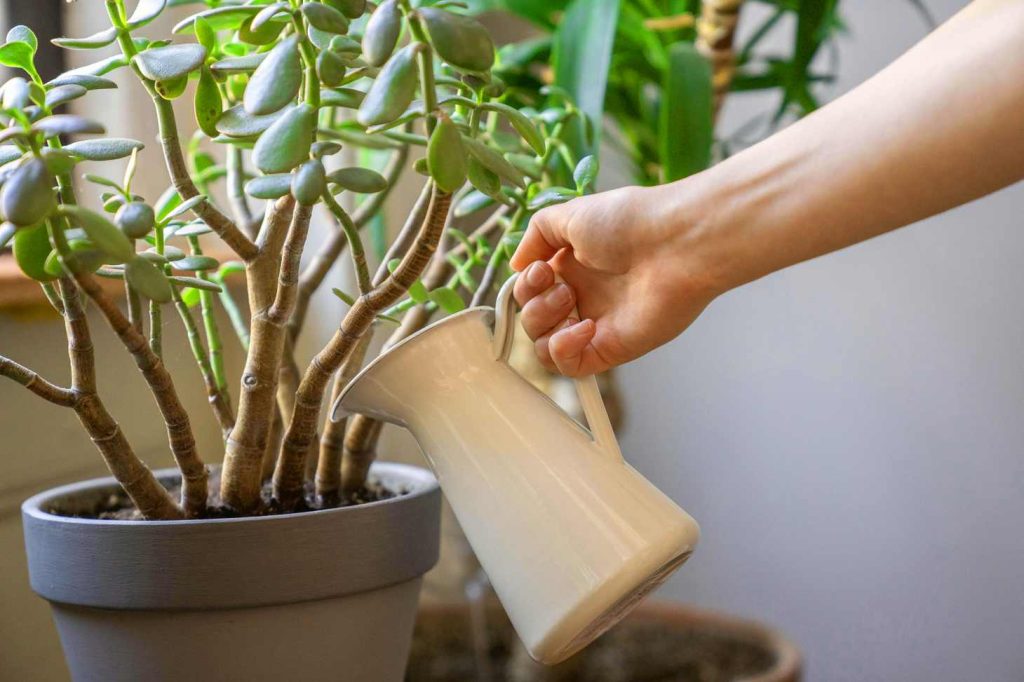
Succulents store water in their leaves and stems, so they do not need frequent watering. You should water only when the soil is completely dry. This may mean every 1-2 weeks, but the exact timing depends on your indoor garden’s temperature, humidity, and light.
When watering, soak the soil thoroughly until water drains from the bottom of the pot. Avoid leaving pots in standing water, since this can cause root rot. If your window sill is sensitive to moisture, move the pots to the sink while watering.
Use pots with drainage holes and avoid heavy layers of decorative rocks on top of the soil. Too many rocks can trap moisture and increase the risk of overwatering. Proper watering and adequate light are the most important steps in maintaining healthy indoor succulents.
Fertilization and Seasonal Care
Succulents on a window sill garden benefit from light feeding, but they do not need heavy fertilizer. Use a balanced, water‑soluble fertilizer diluted to half strength. Apply it during the active growing season, usually spring and summer.
Feed about once a month during this period. In winter, when growth slows, hold back on fertilizer. Overfeeding during dormancy can damage the roots and cause weak growth.
If your succulents receive strong sunlight through a south‑ or west‑facing window, they may grow more actively and need slightly more frequent feeding. Keep in mind that fertilization supports growth but cannot replace proper light and watering.
Preventing and Treating Pests

Even indoor succulents can attract pests. Common insects include spider mites, aphids, and mealybugs. These pests feed on plant sap and can weaken your house plants if not controlled.
Inspect leaves and stems regularly, especially the undersides. If you notice webbing, sticky residue, or small clusters of insects, act quickly. Use a cotton swab dipped in rubbing alcohol to remove pests by hand.
For larger infestations, apply an insecticidal soap or neem oil spray. Improve air circulation around your window sill garden to reduce pest problems. Keeping the plants clean and avoiding excess moisture also helps prevent infestations from spreading.

